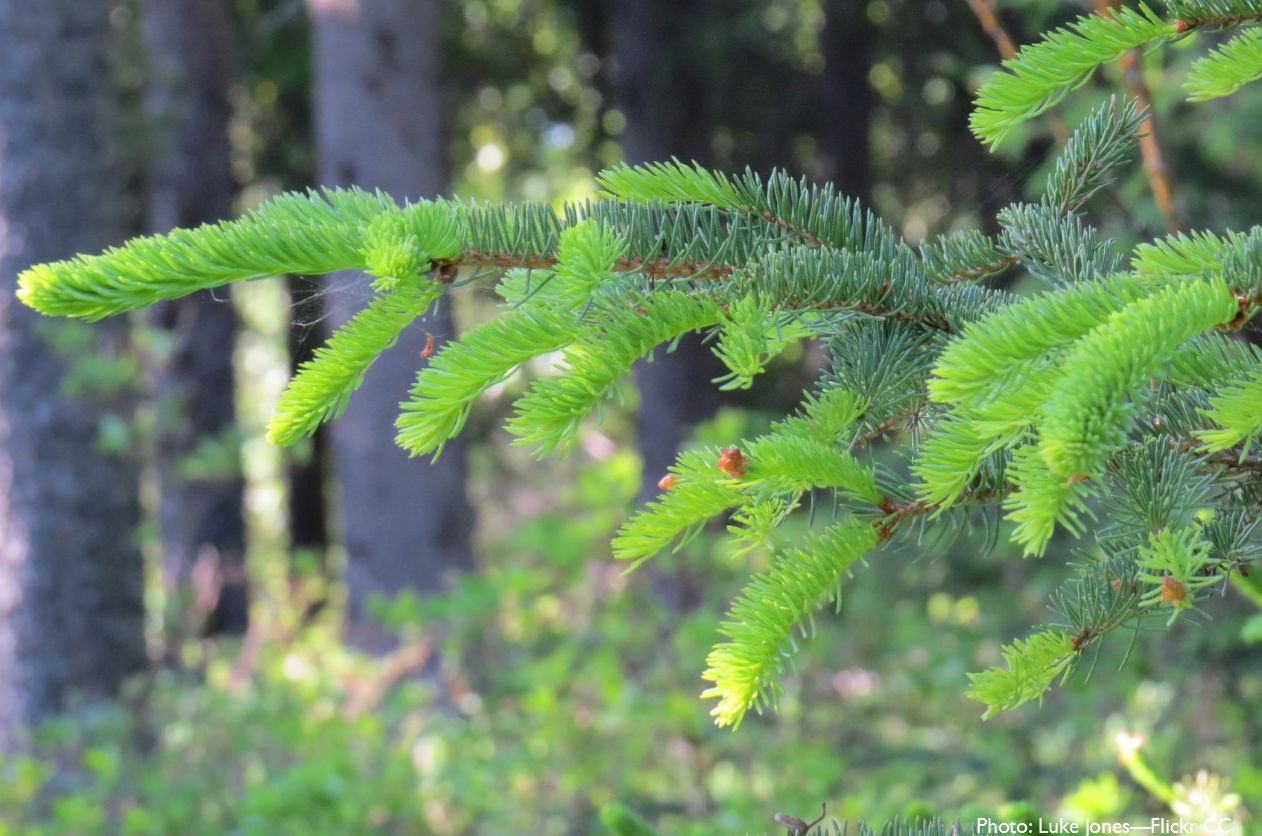Spring: Forestry through the Seasons

It’s nearly officially spring, so get ready to greet the return of the growing season! Each season presents the best time to conduct different stewardship activities. Timing your forest management for the ideal season will help you achieve success and avoid setbacks. This page provides tips to help you make the most of stewarding your forest in spring.
As a reminder, bird nesting season begins around March 15th, so try to avoid any major timber management until chicks have left their nests around mid- to late-June. By spring, the window for planting is closing: make sure you get your tree seedlings and native plants safely in the ground by early April. By tending your plants, nurturing your wildlife, and walking your woods, you can enhance biodiversity, bolster habitat, and prepare for active summer management.
Tend your Plants
- Buy native plants – find a sale near you.
- Plant seedlings by early April – learn more.
- Prune before dormancy ends – trees bleed too much for healthy pruning after the sap starts flowing in late spring. Use pruning debris to make habitat piles.
- Control invasive species by hand while the soil is soft. Weeds like scotch broom, ivy, and holly pull more easily before the dry season – learn more.
Nurture your Wildlife
- Install wildlife roosting and nesting boxes – learn more.
- Clean existing nesting boxes to improve the health of the birds.
- Make habitat piles for wildlife – learn more.
- Build constructed logs for wildlife – learn more.
- Consider adding logs and root wads to streams that lack the woody debris salmon need. Young fry like to feed and grow in the pools and riffles created by this debris. Can you spot any baby salmon in your stream?
Walk your Woods
- Monitor for roads needing maintenance for stormwater, erosion, or soft spot issues. Plan for summer repairs.
- Check for erosion issues on streambanks.
- Enjoy plants that are budding first – Indian plum, nettles, and red flowering currant should be starting to leaf out and flower. Learn about foraging for nettles.
- Learn to identify the Pacific Northwest’s wide array of edible native plants and harvest fresh spring growth to make delicious meals, holistic medicinals, and other wildcrafts. We recommend Discovering Wild Plants: Alaska, Western Canada, and the Northwest.
- Chew on fresh Indian plum leaves and find out what vegetable they taste like.
Plan Ahead
- Prepare for summer restoration and thinning.
- Learn about and start your application for stewardship funding programs like EQIP.

Leave a Reply